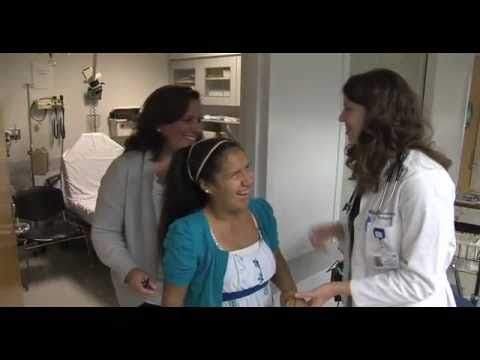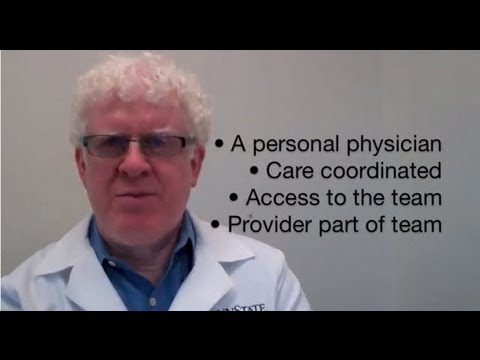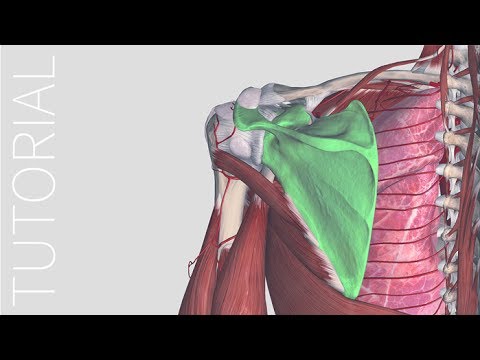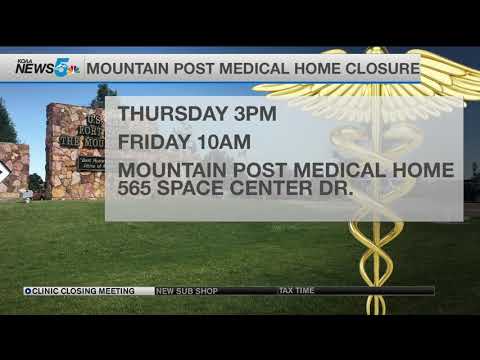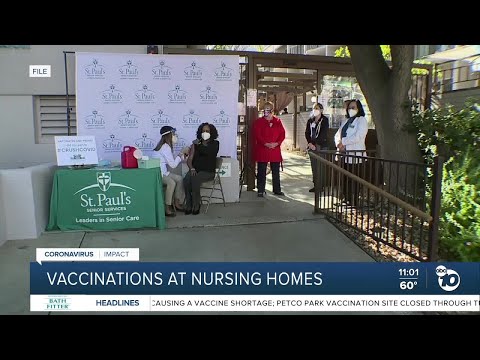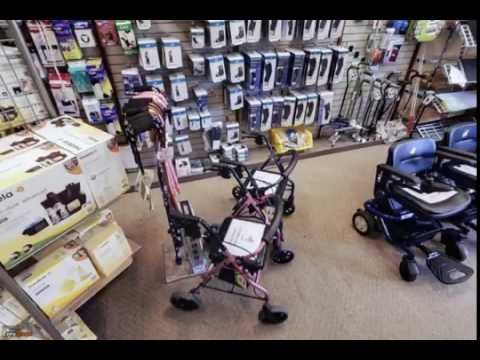Pediatric Medical Home
Contents [show]
A pediatric Medical Home is a term used to describe the process of integrating all aspects of health care for children, from birth through adolescence. This includes everything from preventive care to chronic diseases and mental health By focusing on health rather than illness, these practices are bringing in new ways of thinking about pediatrics that will help patients live healthier lives.
The pediatric medical home model is a model of care that focuses on the needs of children. The Pediatric medical home Model is used by many hospitals and clinics to help improve the health of their patients.
This Video Should Help:
What is a medical home?
A Medical Home is a new model of care that puts the patient at the center of their own health care. In a medical home, patients and their families work with a team of providers to coordinate all aspects of their care. This team approach helps patients get the care they need, when they need it, and helps to prevent problems before they start.
What are the benefits of a medical home?
A medical home is a model of care that provides comprehensive, continuous, family-centered, coordinated, and accessible health care. The goal of a medical home is to improve the overall health and well-being of children by providing high-quality, safe, patient- and family-centered care.
There are many benefits of a medical home for both children and families. Children with a medical home are more likely to receive preventive care and screenings, have their health needs met, and have better health outcomes. In addition, families who have a child with a medical home are more likely to be satisfied with their childufffds care and feel more supported by their childufffds care team.
How can a medical home improve the quality of care for children?
The pediatric medical home is a model of providing comprehensive, continuous, family-centered, coordinated, compassionate healthcare to children. This model of care has been shown to improve quality, decrease fragmentation and cost, and improve outcomes for children.
What are the key components of a medical home?
There is no one correct answer to this question, as the key components of a medical home vary depending on the needs of the individual child and family. However, there are some basic elements that are generally included in a medical home model, such as:
-A focus on preventive care and health promotion
-A team-based approach to care, involving both primary care providers and specialists
-A coordinated care plan that includes input from all members of the care team
-Regular communication between all members of the care team
-Easy access to medical records and test results
-A system for following up on missed appointments and prescriptions
How can families and caregivers support the medical home model of care?
There is no one right answer when it comes to supporting the medical home model of care for families and caregivers. However, some tips on how to best support this type of care can include:
-Encouraging family and caregivers to be active participants in their child’s care. This can involve everything from attending appointments and following up on medical advice, to keeping a close eye on development and behavior changes.
-Helping families and caregivers advocate for their child. This includes understanding the importance of timely medical care, well-child visits, immunizations, and more. It also means having a good working relationship with the child’s health care team.
-Informing families and caregivers about community resources that can help support the medical home model of care. This might include learning about early intervention programs, respite care services, financial assistance programs, and more.
The most important thing is to tailor your support to the individual needs of the family or caregiver you are working with. Every family is different, so it’s important to be flexible and adaptable in your approach.
What challenges does the medical home model of care face?
The medical home model of care is a new concept in health care that seeks to provide patients with more coordinated and comprehensive care. The model faces several challenges, including a lack of reimbursement for the services provided, a lack of standardization among medical homes and a lack of data to support the efficacy of the model.
What is the future of the medical home model of care?
The medical home model of care is a relatively new concept in health care. It is based on the premise that treating the whole person, rather than just the illness or injury, results in better health outcomes. The medical home model of care also emphasizes preventive care and health maintenance, rather than simply sick care.
There is much debate about the future of the medical home model of care. Some experts believe that it is the wave of the future and will eventually replace the traditional fee-for-service model of care. Others believe that the medical home model of care is not sustainable in the long term and will eventually be replaced by something else.
How can pediatricians best support the medical home model of care?
A pediatric medical home is a model of health care that ensures that all children have access to comprehensive, continuous, family-centered, coordinated, compassionate care. This care is provided by a team of health care professionals who work together to meet the health care needs of each child.
There is no one-size-fits-all answer to this question, as the best way to support the medical home model of care will vary depending on the specific needs of each community. However, some ways in which pediatricians can support the medical home model of care include promoting communication and collaboration among all members of the health care team, advocating for policies and resources that support the delivery of comprehensive and coordinated care, and providing education and training on the medical home model of care to families and other health care providers.
What resources are available to support the medical home model of care?
There are a number of resources available to support the medical home model of care. These include books, websites, and organizations dedicated to supporting this care model.
What are the next steps for the medical home model of care?
The medical home model of care is a team-based approach that puts the child and family at the center of care. This type of care is coordinated and comprehensive, and it includes all aspects of a childufffds health and development.
The medical home model of care has been shown to improve health outcomes and to reduce costs. It is also associated with increased satisfaction among parents, children, and providers.
The medical home model of care is still relatively new, and there is always room for improvement. Here are some next steps for the medical home model of care:
1. Improve access to care: One way to improve the medical home model of care is to increase access to care. This can be done by increasing provider capacity, expanding hours of operation, and/or increasing the number of locations where care is provided.
2. Enhance coordination of care: Another way to improve the medical home model of care is to enhance coordination of care. This can be done by improving communication among providers, developing better systems for tracking referrals, and/or providing more comprehensive discharge planning for children leaving the hospital or other institutional setting.
3. Increase family involvement: A third way to improve the medical home model of care is to increase family involvement. This can be done by providing parents with more education about their childufffds condition, involving families in decision-making about their childufffds care, and/or involving families in efforts to improve the delivery of medical home services.

